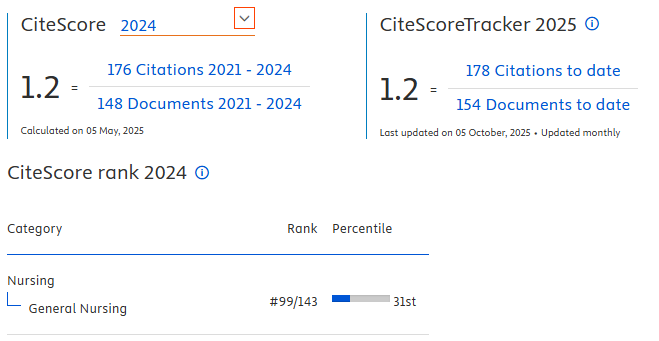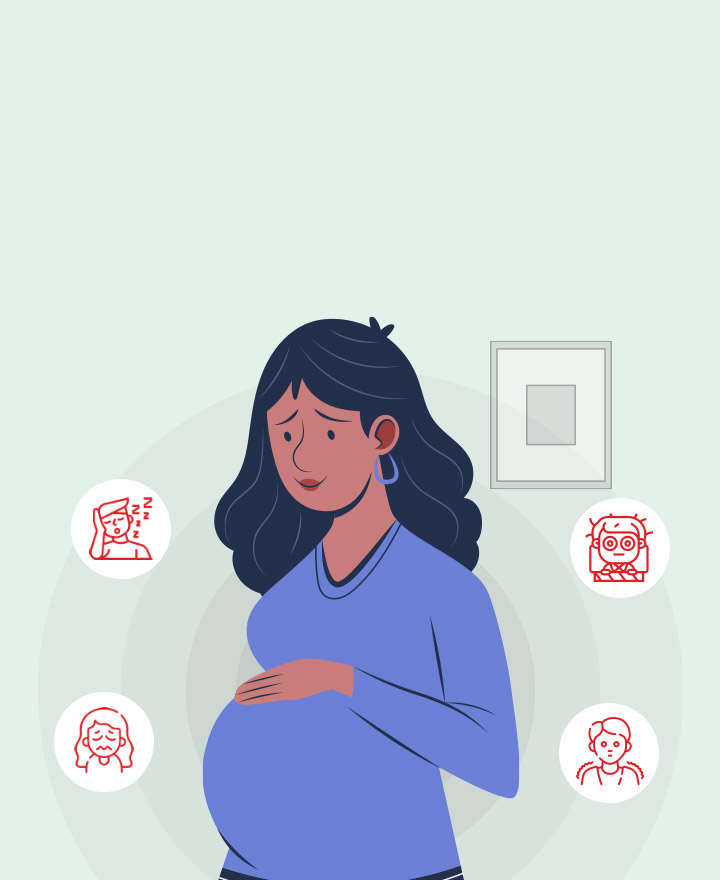Capacities and Needs Assessment on Health Emergency Management in Biliran Province, Philipines
Downloads
Introduction: This study aimed to describe the level of preparedness of the healthcare facilities and the healthcare professionals concerning the four components (Health, Psychosocial and Mental Health, Nutrition on Emergencies, and Water Sanitation and Hygiene) of the Health Emergency Management System (HEMS) in the province of Biliran.
Methods: The researchers used a sequential explanatory research design and utilized two sets of research instruments for the purpose of data gathering. The participants were healthcare workers from Rural Health Units (RHUs) and representatives from the Local Government Units (LGUs) in Biliran province in the Philippines. For the analysis of the quantitative data, a qualified statistician analyzed the raw data transcribed using the SPSS IMB 21 tool. The qualitative data was analyzed and processed using Mayring and Miles-Huberman's technique.
Results: The study found that the respondents were suitable to provide reliable data and to credibly assess the condition of the RHUs. They were also knowledgeable enough to determine the gaps confronting the RHUs, including their corresponding solutions. The healthcare facilities of the province were only rated to be average. Their capacity to provide post-traumatic counselling was poor, although their referral systems were rated excellent.
Conclusion: The study concludes that the healthcare workers of Biliran Province and the HEMS of the eight RHUs in the province are not prepared to manage health emergencies during disasters. The low capacity of the HEMS is due to the low utilization of the budget, resulting in insufficient supplies and equipment which is necessary when addressing people's immediate needs during disasters and health emergencies. The study recommends a thorough deliberation of the system to plug the gaps and provide rapid equitable health services during emergencies.Abrigo, M. & Ortiz, D. (2019, December). Re: Who Are the Health Workers and Where Are They? Revealed Preferences in Location Decision among Health Care Professionals in the Philippines. Philippine Institute for Development Studies.
Barasa, E., Cleary, S., Molyneux, S. & English, M. (2017). Setting healthcare priorities: a description and evaluation of the budgeting and planning process in county hospitals in Kenya. Health Policy and Planning, 32(3):329–337. https://doi.org/10.1093/heapol/czw132
Biliran Island. (n.d.). Biliran volcano. Retrieved from https://www.biliranisland.com/volcano/biliran-volcano/
Brändlin, A.S. & Wingard, J. (2013). Philippines: A country prone to natural disasters.
Centers for Disease Control and Prevention. (2018). Public health emergency preparedness and response capabilities.
Dela Cruz, R. & Ortega-Dela Cruz, R. (2019). Mangement of public healthcare facilities in the Philippines: Issues and concerns. British Journal of Healthcare Management, 25(10). https://doi/abs/10.12968/bjhc.2019.0018
Department of Health. (2009). Safe Hospital in Emergencies and Disaster or SHED Checklist.
Fischetti, M. (2013). Was typhoon Haiyan a record storm?
Galarneau, D. (2003). Health care professionals. Perspectives on Labour and Income, 4(12).
Ghebreyesus, T. (2019). Female health workers drive global health.
Hannah, K.J., Ball, M.J., & Edwards, M.J. (2006) Disaster recovery planning. In: Introduction to nursing informatics. Health informatics (formerly Computers in Health Care). Springer, New York, NY. https://doi.org/10.1007/978-0-387-32189-9_17
Katz, R., Attal-Juncqua, A., & Fischer, J. E. (2017). Funding Public Health Emergency Preparedness in the United States. American journal of public health, 107(S2), S148–S152. https://doi.org/10.2105/AJPH.2017.303956
Khan, Y., O'Sullivan, T., Brown, A. Tracey, S., Gibson, J., Genereux, M., Henry, B. & Schwartz, B. (2018). Public health emergency preparedness: a framework to promote resilience. BMC Public Health, 18 (1344). https://doi.org/10.1186/s12889-018-6250-7
Mayring, P. (2000). Qualitative Content Analysis [28 paragraphs]. Forum Qualitative Sozialforschung / Forum: Qualitative Social Research, 1(2), Art. 20, http://nbn-resolving.de/urn:nbn:de:0114-fqs0002204
Miles, M.B, and Huberman, A.M. (1994). Qualitative Data Analysis, 2nd Ed., p. 10-12. Newbury Park, CA: Sage.
National Disaster Risk Reduction and Management Council. (n.d.). National Disaster Response Plan. Retrieved from https://www.preventionweb.net/files/62898_nationaldisasterresponseplanforeart.pdf
Ocon, G. & Neussner, O. (2015). Assessing early warning efforts for Typhoon Haiyan in Leyte. Retrieved from https://odihpn.org/magazine/assessing-early-warning-efforts-for-typhoon-haiyan-in-leyte/
Pourhosseini, S. S., Ardalan, A., & Mehrolhassani, M. H. (2015). Key Aspects of Providing Healthcare Services in Disaster Response Stage. Iranian journal of public health, 44(1), 111–118.
Salazar, M. A., Law, R., Pesigan, A., & Winkler, V. (2017). Health Consequences of Typhoon Haiyan in the Eastern Visayas Region Using a Syndromic Surveillance Database. PLoS currents, 9, ecurrents.dis.4a3d3b4474847b2599aa5c5eefe3a621. https://doi.org/10.1371/currents.dis.4a3d3b4474847b2599aa5c5eefe3a621
Simpson, R.(2001). What to do before disaster strikes. Nursing Management (Springhouse), 32 (11): p 13-14.
Szabo, S., Nove, A., Matthees, Z., Bajracharya, A., Dhillon, I., Singh, D., Saares, A. & Campbell, J. (2020). Health workforce demography: a framework to improve understanding of the health workforce and support achievement of the Sustainable Development Goals. Human Resources for Health, 18(7). https://doi.org/10.1186/s12960-020-0445-6
United Nations. (2009). 2009 UNISDR terminology on disaster risk reduction. Retrieved from https://www.unisdr.org/files/7817_UNISDRTerminologyEnglish.pdf
World Health Organization. (2007). Risk reduction and emergency preparedness.
World Health Organization. (2011). Hospital Emergency Response (HER).
Authors who publish with Jurnal Ners agree to the following terms:
- Authors transfer the Copyright and grant Jurnal Ners the right of first publication with the work simultaneously licensed under a Creative Commons Attribution 4.0 International License that allows others to remix, adapt and build upon the work with an acknowledgment of the work's authorship and of the initial publication in Jurnal Ners.
- Authors are permitted to copy and redistribute the journal's published version of the work (e.g., post it to an institutional repository or publish it in a book), with an acknowledgment of its initial publication in Jurnal Ners.
Jurnal Ners requires a formal written declaration and transfer of copyright from the author(s) for each article published. We, therefore, ask you to complete and return this form, retaining a copy for your own records. Your cooperation is essential and appreciated. Any delay will result in a delay in publication. The form can be downloaded HERE.
































